22. Full Circle and Beyond
‘The work of art…is neither crested nor chosen, but discovered, uncovered, excavated, pre-existing within the artist. A law of nature.’ (Beckett)
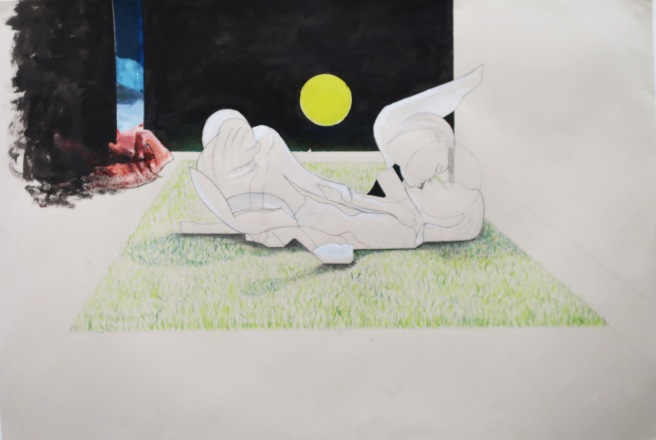 Untitled, Pencil, Colour pencil, acrylic 2016
Untitled, Pencil, Colour pencil, acrylic 2016
As the figures within the compositions begin to distort, writhe and finally fix like glacial statues in a Bacon-esque unreality I break away to create something beyond the confines of the paper.
The process of construction is a fairly crude one, but I know from past experiences of using such methods that the combination of both lighting and (minimal) Photoshop can raise the thing above crudity. Rough edges can be smoothed. This simply adds to the illusion of scale and space. However, because I like to spend as little time fixed to a computer screen I try and keep these anomalies to a minimum.
Untitled, Digital image, 2016
Untitled, Digital image, 2016
I realize the advantage of various viewpoints and as I move around the set, the object itself (including its crudeness) began to intrigue me. I began to wonder what could be happening backstage, what could I see if I looked from different angles? I could, like Lynch, go within and beyond these artificially created walls.
Looking backstage…
From above…
…
Before I move on it is worth noting here my fascination with James Casebere’s work. These ‘simple and complex table-top models’ create bleakly beautiful worlds, unpeopled yet embedded with the textures of a forgotten presence…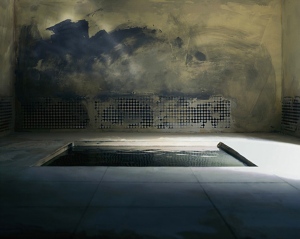
James Casebere, La Alberca (2000-2005)
James Casebere, Garage (2000-2005)
James Casebere, Samara (2006-2008)
…
From personal journal:
I have to admit: There was a persistent dissatisfaction in what I was creating. This, I know now, was necessary to drive things on.
All structures and environments can be reinterpreted, reconfigured, as in Borges’ writing, where actions and essence are repeated:
‘Kilpatrick was killed in a theatre, but the entire city was a theatre as well, and the actors were legion.’ (Borges, from short story: Theme of the Traitor and the Hero)
…
Whilst perusing The Guardian’s Saturday Guide I come across an image and a small piece of text about the artist Claire Hentscker and her latest project Shining360. As described on the artist’s website page, Shining 360 is an ‘audio-visual experiment.derived from the physical space within Stanley Kubrick’s film ‘The Shining.’’
http://www.clairesophie.com/shining360/
Food for thought…I wonder…What about the non-physical spaces? …
After considering the inclusion of diagrammatical drawings within my work I had a lucky find in the Oxfam bookshop. The book is entitled: A J Handbook of Building Enclosure. Exciting stuff.
Something begins to come together. Not that I am immediately aware of this. It is only now that I piece together these findings that it makes sense with regards to a new approach. Tiny shifts in perception and thought move me closer to an idea. Connections are made between seemingly unconnected things.
…
‘Films are uniquely suited towards addressing paradox, recursiveness, and world-within-worlds.’ (Christopher Nolan)
I know when an idea is potent and meaty: I become obsessed; I have trouble sleeping as ideas push through and the artwork becomes pregnant with potential.
The idea: Mapping out the illusory spaces/places within films, stories, plays etc. those that contain impossible spaces. To depict otherworldly/out of time realms/spaces through the combination of graphic/architectural language with mood/tone/atmosphere, to describe spaces. Consider sound/tone/light
The ‘etc.’ is important as it could be opened up quite a lot.
Subvert the language of architectural floor plans.
Interesting…
I begin a process of observing/tracking/reading whilst mapping spaces within films and book. This arises to greater appreciation of direction and leads to a more immersive experience. Otherwise hidden layers, corners, psychological spaces and cyclic workings are revealed.
On a small scrap of paper is the question: How do I make architectural plans look sinister?
These spaces are all translated into an elevated viewpoint…
All the movies are about strange worlds that you can’t go into unless you build them and film them.’ (David Lynch – http://journalsoncinema.tumblr.com/post/45188557672/briliant-david-lynch-quotes)
(Detail)
(Detail)
(Detail)
(Detail)
(Detail)
(Detail)
There is a book that I’ve been meaning to read since I purchased it on the date of its publication in 2000. The book is House of Leaves by Mark Z. Danielewski. I think that the reason I haven’t gotten round to reading it is because of the apparently impenetrable format: It has an unconventional structure and format, unusual layout, footnotes within footnotes, footnotes for footnotes etc. I pick it up and it falls open to a page with this quote, and only this, on one page:
‘Norberg-Schulz asserts: “Architectural space certainly exists independently of the casual perceiver, and has centres and directions of its own.” Focusing on the constructions of any civilization, whether ancient or modern, it is hard to disagree with him. It is only when focusing on Navidson’s house that these assertions begin to blur.’ (Mark Z. Danielewski, 2000)
I think that it could be time to give this book a go.
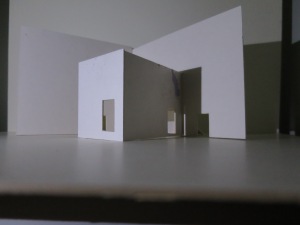
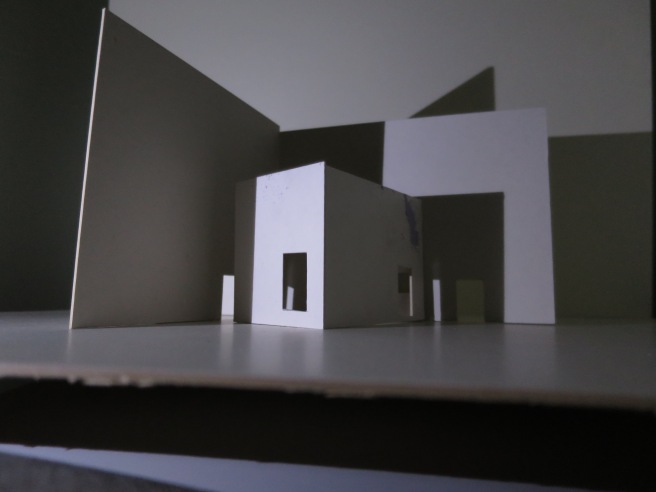
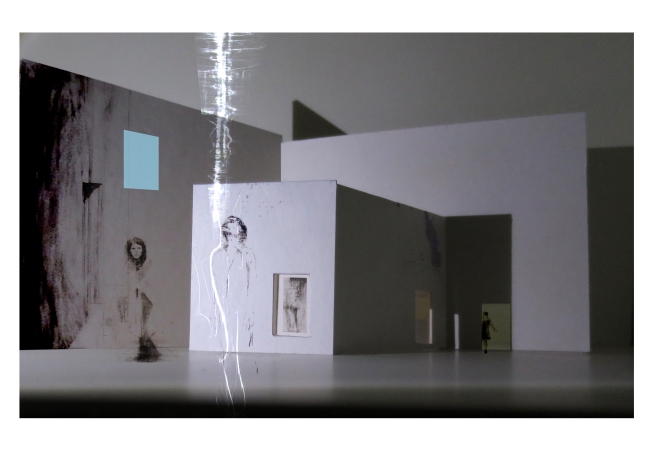
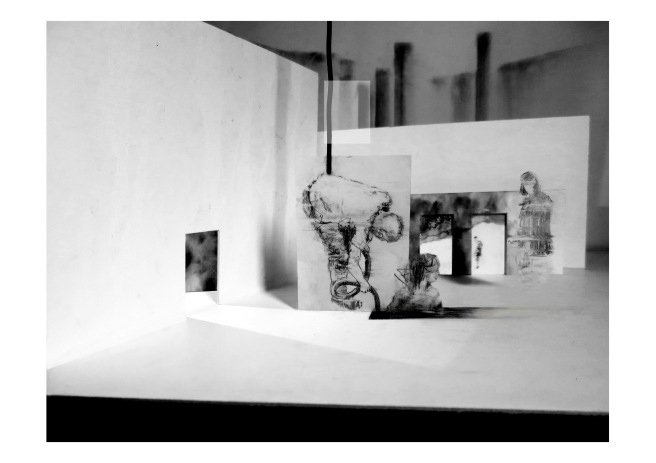
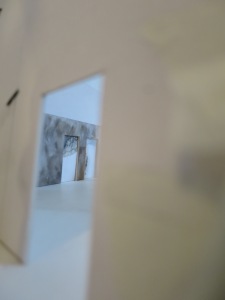
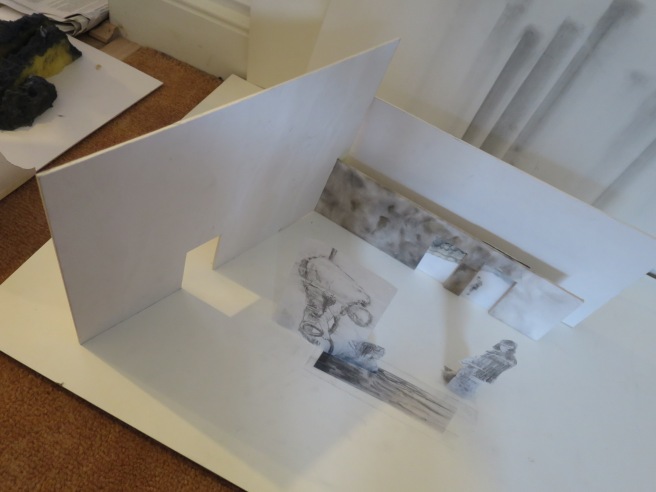
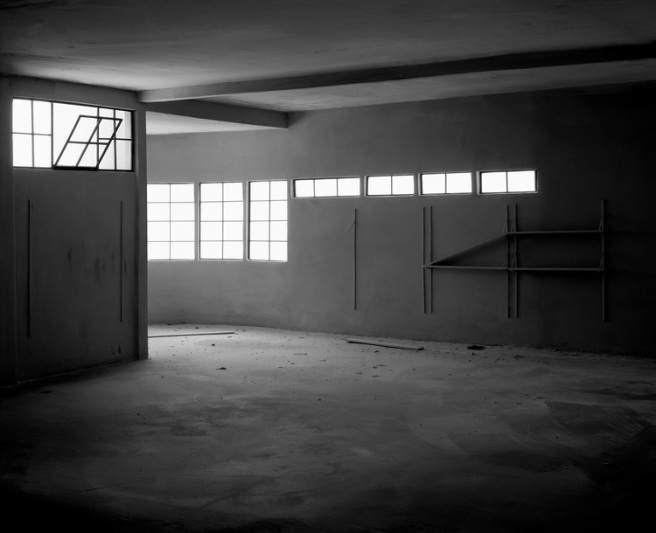
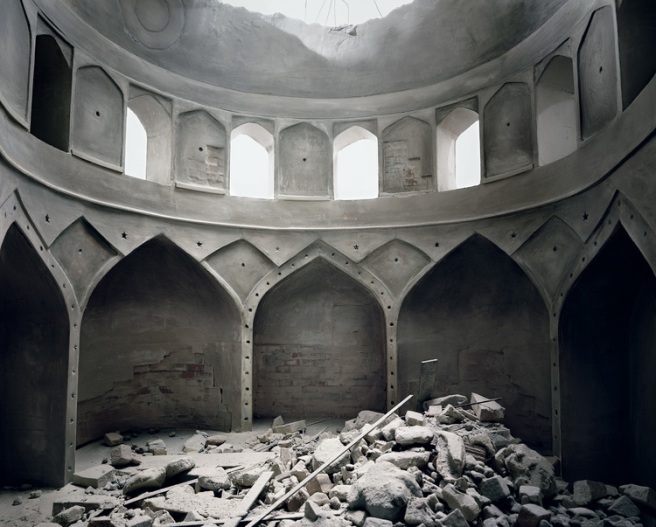
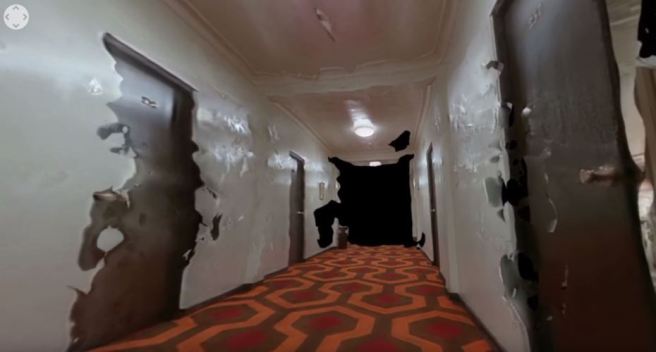
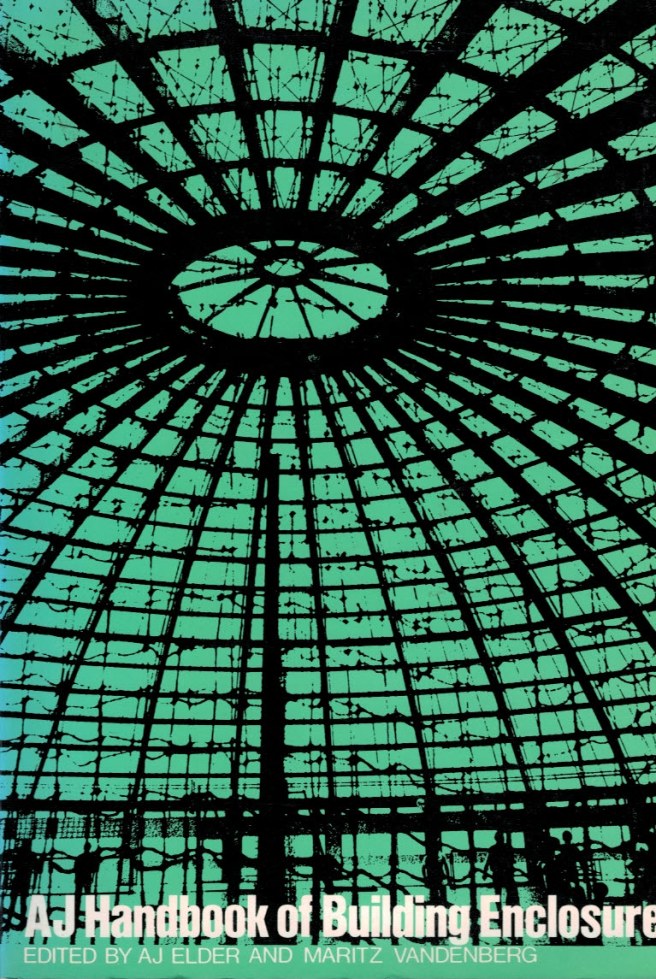

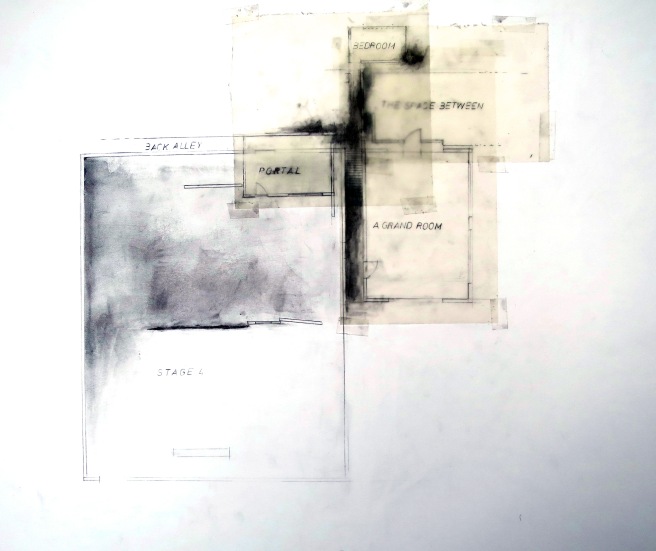
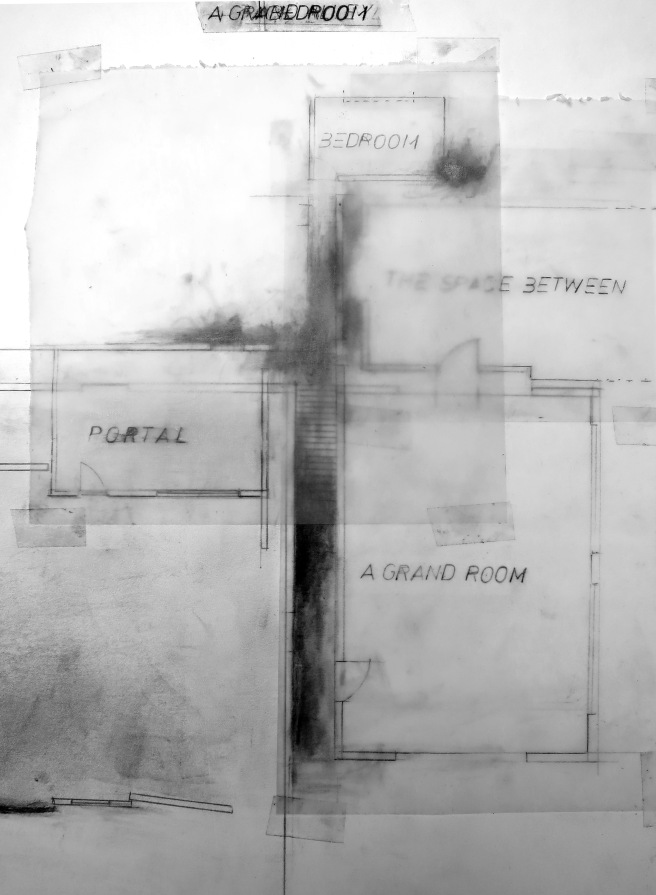
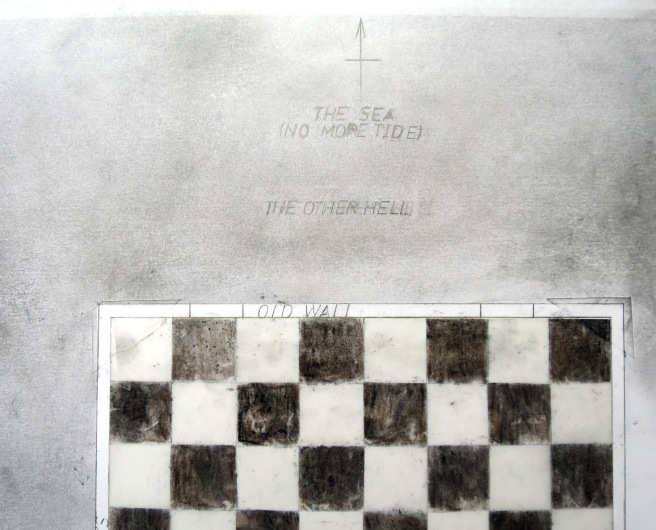
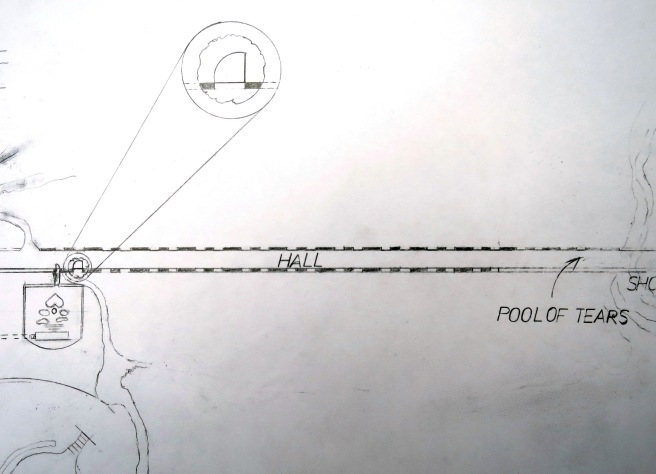


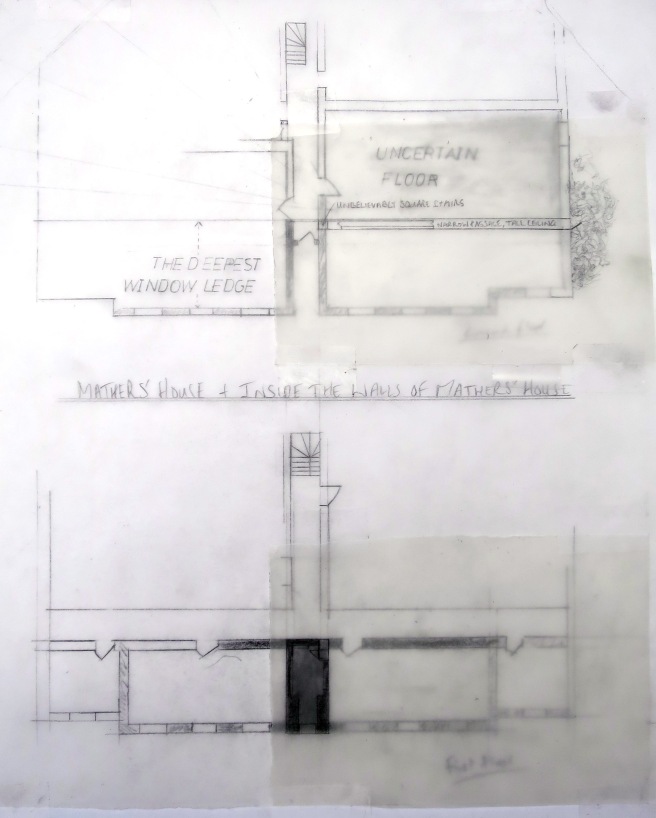
Leave a Reply